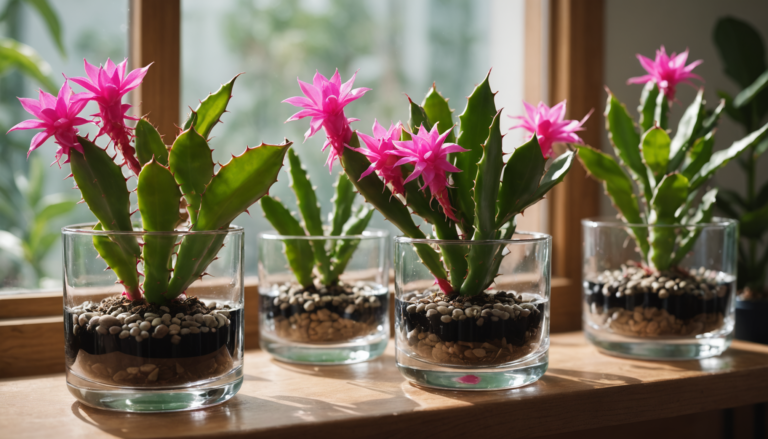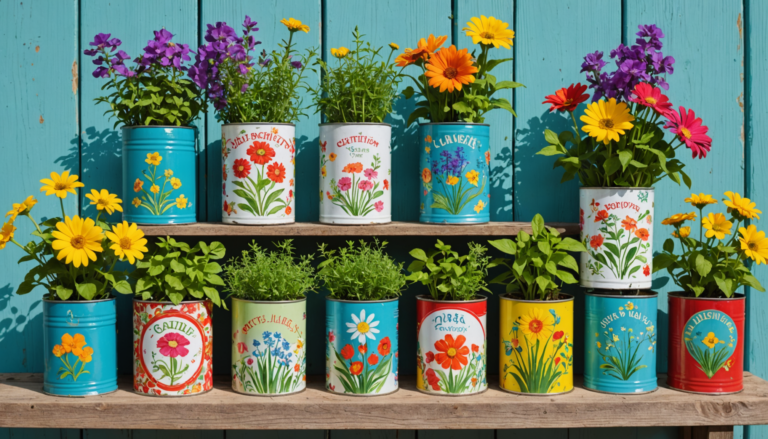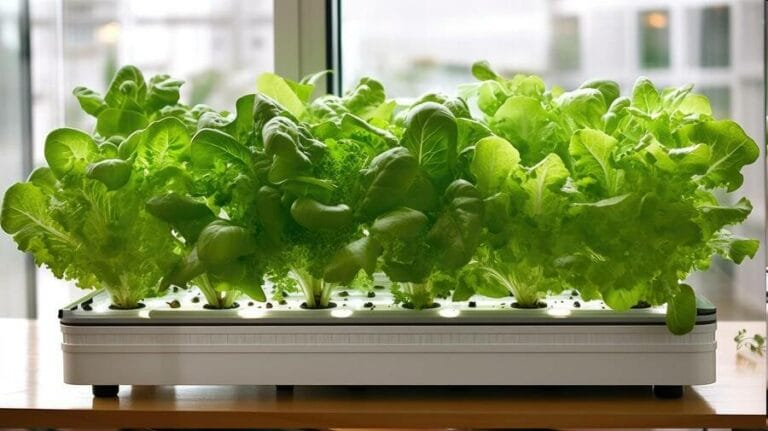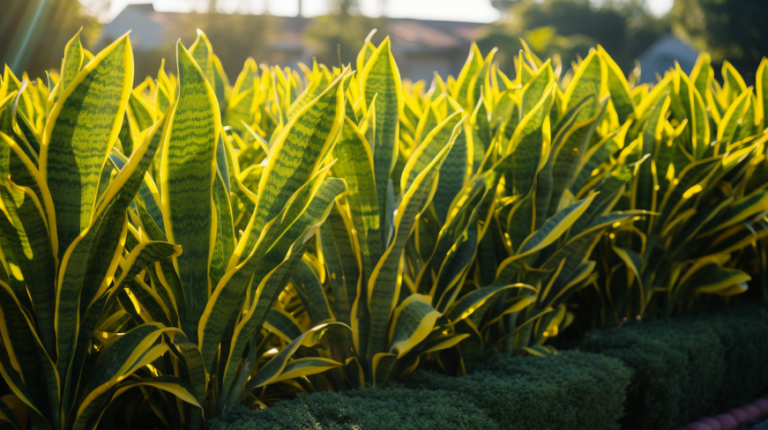Urban gardeners regularly struggle with ensuring their indoor plants get sufficient sunlight, which is essential for their growth and vitality. This guide focuses on those durable plants that don’t just subsist, but actually thrive in the intense luminosity of the sun.
These are the houseplants that thrive in direct sunlight. We’ll highlight hardy species like the Aloe Vera and the Cactus, which showcase vibrant colors and textures that come alive in well-lit environments.
Dive into the secrets of nurturing a thriving sunlit indoor garden and discover the best candidates to transform your bright spaces into lush, photosynthetic paradises.
Key Takeaways
- Sunlight intensity significantly affects houseplant growth and health.
- Houseplants vary in their need for light intensity; some require protection from strong rays while others are succulent plants that like much light.
- Best suited for bright direct sunlight are snake plants, jade plants, ponytail palms, yucca plants, and succulents such as echeverias.
- Care adjustments include watering schedules, positioning, using sheer curtains for intense rays, and using reflective surfaces to enhance light.
Understanding the Effect of Light on Houseplants

Light, from direct to indirect to low light, significantly influences houseplant growth. Plants in direct sunlight receive unfiltered rays most of the day, while indirect sunlight is filtered and low light is often found in north-facing rooms.
Knowing where the sunniest windows are can determine how much light your plant gets. Knowing the difference in light levels is essential for optimal positioning and providing the best growth conditions for your plants.
The Importance of Sun Exposure for Specific Houseplants

Sun exposure is vital for certain houseplants, with species like snake plants and jade plants thriving in full sunlight. Recognizing the light requirements of your plants is crucial to prevent scorching and promote healthy growth.
Highlight on Best Indoor Plants for Direct Sunlight
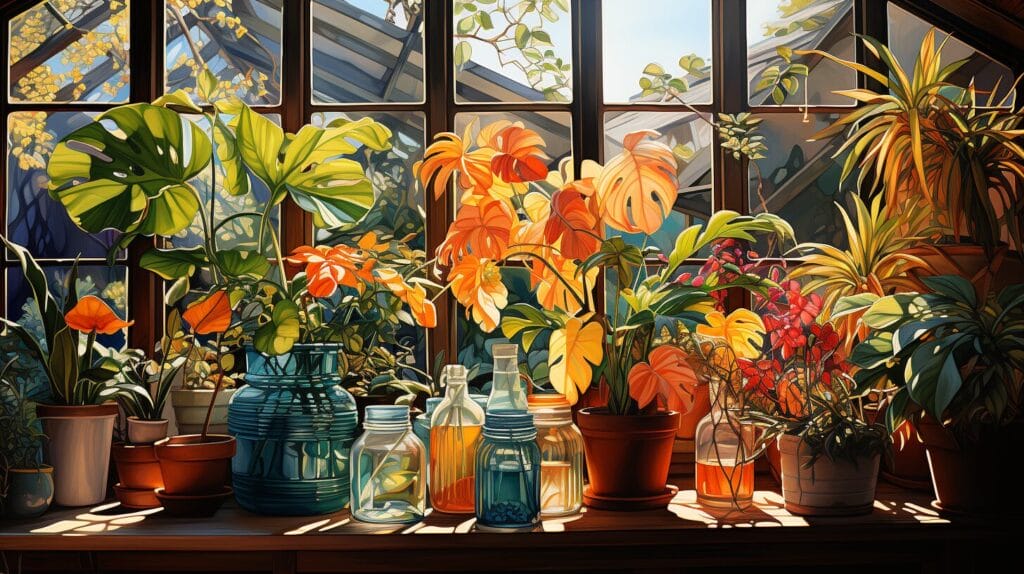
Explore top indoor plants for sunny spots, such as the robust snake plant, ponytail palms, yucca, jade plants, and vibrant succulents. These species are well-suited for sunny windowsills and can add beauty and resilience to your space.
Adapting Indoor Plant Care According to Sun Exposure
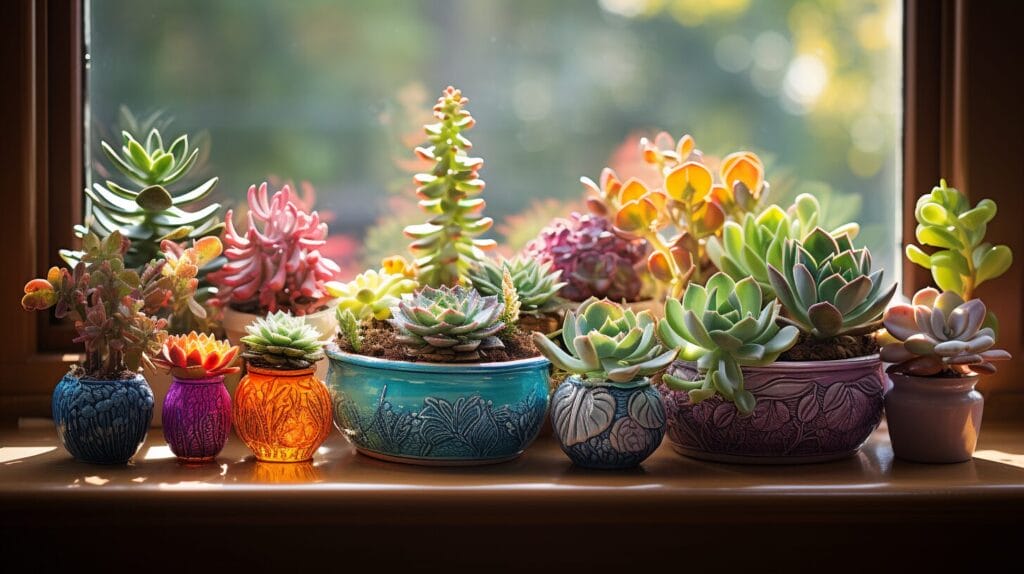
Care for indoor plants in sunny spots by adjusting watering needs and positioning. Use the following table for guidance:
| Sun Exposure | Care Adjustments |
|---|---|
| Direct Sunlight (6+ hours) | Water frequently; monitor for leaf scorch. |
| Partial Sunlight (3-6 hours) | Water moderately; rotate for even growth. |
| Filtered Sunlight | Use sheer curtains; water when dry. |
| Morning Sunlight | Ideal; water as needed. |
| Late Afternoon Sun | Standard watering; minimal changes needed. |
Innovative Ways to Enhance Light for Indoor Plant Growth
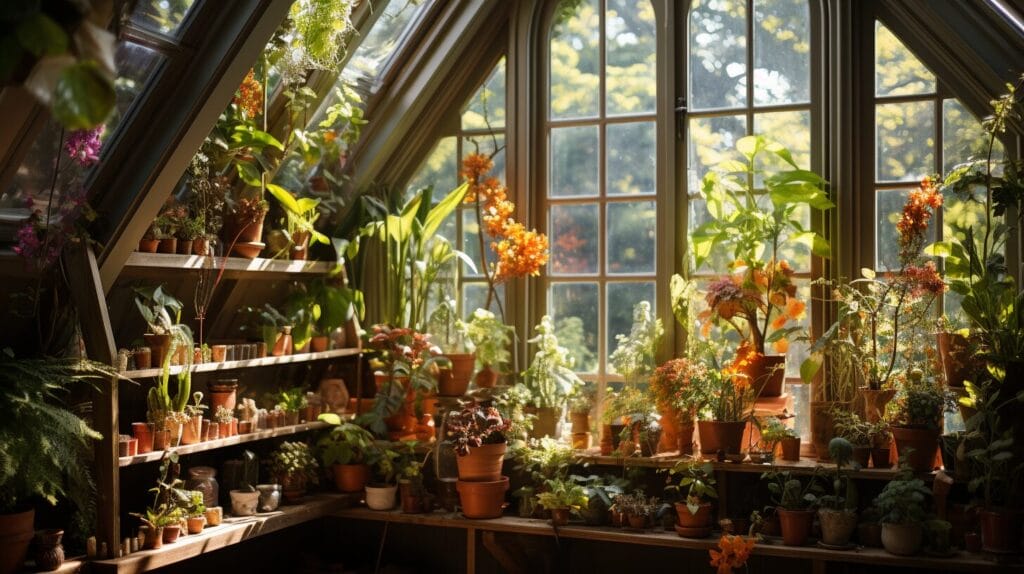
Enhance light for indoor plants by using reflective surfaces and grow lights. Consider creating a balcony oasis with ample sunlight, ensuring each plant receives optimal exposure.
Conclusion
Embrace the light and choose the right house plants direct sunlight to turn bright corners into thriving plant havens. With the right care and creativity, your sunny window can burst into life with lush growth. Happy planting!
Frequently Asked Questions
What type of sunlight does a jade plant require?
A jade plant prefers bright house plants in direct sunlight, often thriving in direct sun. A south-facing window is an ideal spot in your home for this type of sun-loving plant.
Can a snake plant thrive in a full-sun location?
While snake plants can tolerate low light, they prefer bright, indirect light. A spot with some natural light but that is not in direct sunlight all day would be ideal.
What does it mean when a house plants direct sunlight needs indirect sunlight?
Indirect sunlight means that the plant receives bright light, but not directly from the sun. This can often be achieved near a west-facing window or in a spot in your home where the light is spread diffusely.
What are some flowering plants that require full sun?
Sunflowers, carnations, and geraniums are examples of sun-loving indoor flowering plants, all requiring a lot of bright light or even full sun to bloom successfully.
What if I don’t have much natural light in my home, can I still have indoor plants?
Yes, there are house plants that like direct sunlight and can survive in less light, or under bright indirect light. Examples include snake plants, pothos, and ZZ plants.


